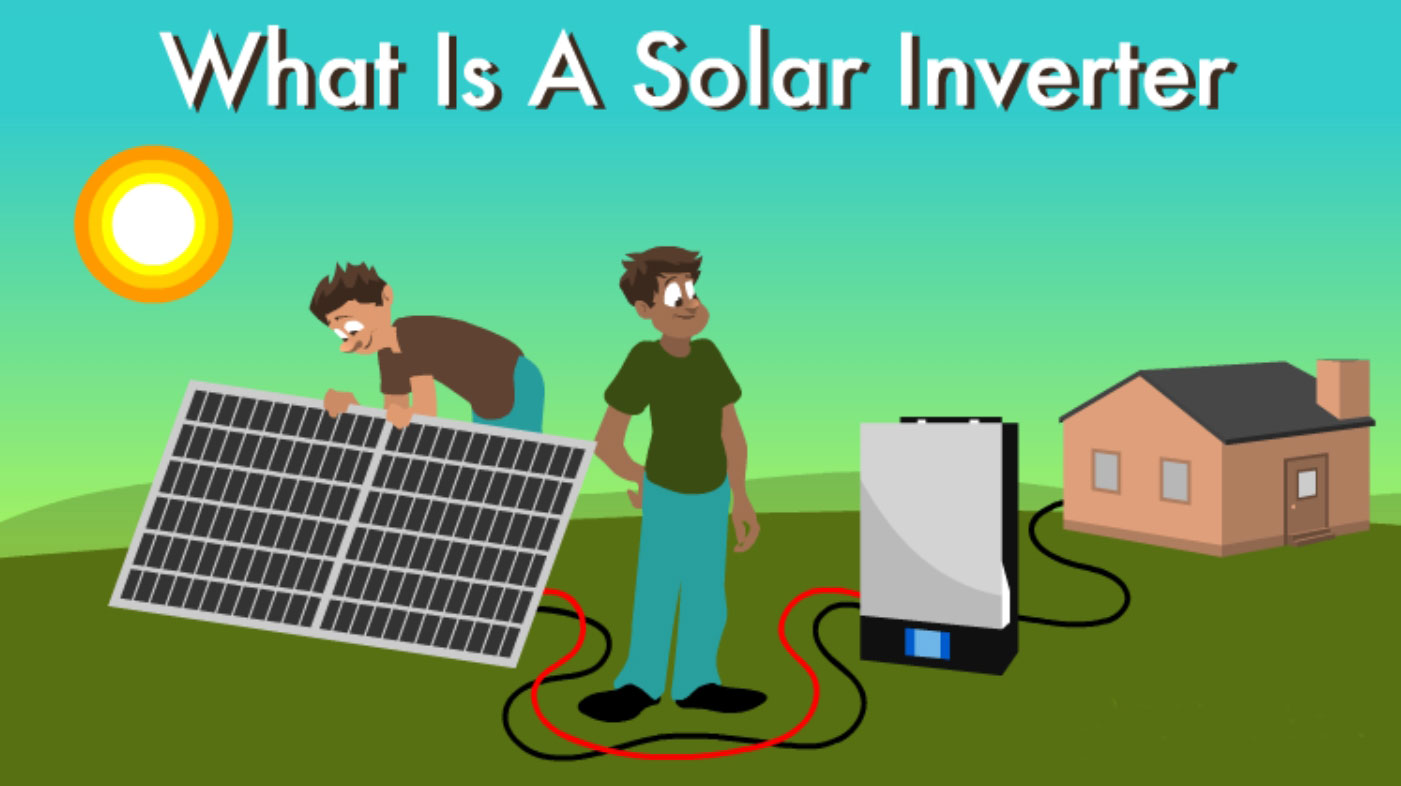
Solar inverter play a vital role in bridging the gap between solar panels and the electrical grid by converting the DC electricity generated by solar panels into usable AC electricity that can be fed into the grid or used directly by appliances. Here’s how solar inverter facilitate this transition:
- DC to AC Conversion: Solar panels produce electricity in the form of direct current (DC) when exposed to sunlight. However, most electrical appliances and the grid operate on alternating current (AC). Solar inverter perform the critical function of converting the DC electricity generated by the solar panels into AC electricity, making it compatible with household appliances and grid infrastructure.
- Voltage and Frequency Regulation: Solar inverter regulate the voltage and frequency of the AC electricity produced to match the standards of the electrical grid. This regulation ensures that the electricity generated by the solar panels is compatible with the grid’s requirements and can be safely integrated into the existing electrical infrastructure without causing disruptions or damage.
- Maximum Power Point Tracking (MPPT): Solar inverter incorporate MPPT algorithms that continuously monitor the voltage and current output of the solar panels. These algorithms optimize the operating point of the solar panels to maximize power output under varying environmental conditions such as sunlight intensity, temperature, and shading. By adjusting the operating point, MPPT ensures that the solar panels operate at their peak efficiency, thereby maximizing the amount of electricity generated.
- Grid-Tie Capability: Many solar inverter are designed to operate in grid-tie mode, meaning they can synchronize their output with the electrical grid. Grid-tie inverter enable seamless integration of solar energy into the grid by synchronizing the phase and frequency of the AC electricity produced with those of the grid. This synchronization allows surplus electricity generated by the solar panels to be fed back into the grid, offsetting the homeowner’s electricity consumption and potentially earning credits through net metering programs.
- Grid Stability and Power Quality: Solar inverter contribute to grid stability and power quality by regulating the voltage and frequency of the electricity they feed into the grid. Solar inverter control algorithms ensure that the electricity injected into the grid meets the grid’s voltage and frequency requirements, helping to maintain stability and reliability. Additionally, grid-support functions such as reactive power control and voltage regulation can be provided by advanced solar inverter to enhance grid performance.
- Monitoring and Control: Solar inverter often come equipped with monitoring and control features that allow homeowners and system operators to track the performance of their solar energy systems in real-time. Monitoring data, such as energy production, system status, and fault alerts, can be accessed remotely via online portals or mobile apps. This visibility enables proactive maintenance, troubleshooting, and optimization of the solar energy system, ensuring reliable operation and maximizing energy yield over time.
Solar inverter serve as the critical link between solar panels and the electrical grid, enabling the efficient conversion and integration of solar energy into the existing electrical infrastructure. By performing DC to AC conversion, voltage regulation, MPPT, grid synchronization, and monitoring functions, solar inverter play a pivotal role in unlocking the full potential of solar energy and facilitating the transition to a cleaner, more sustainable energy future.
